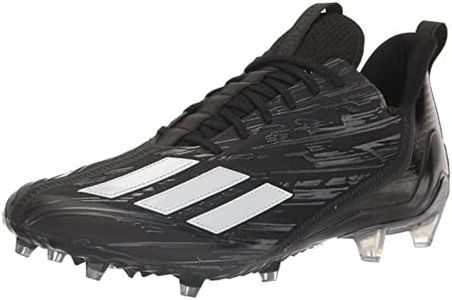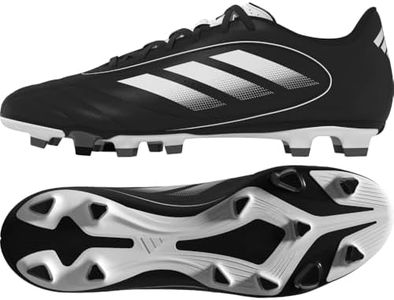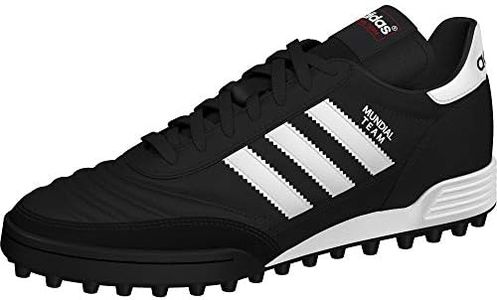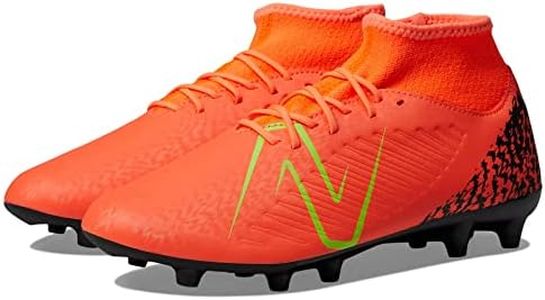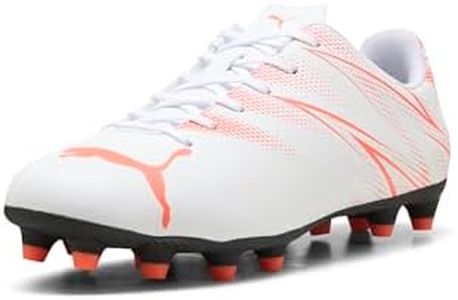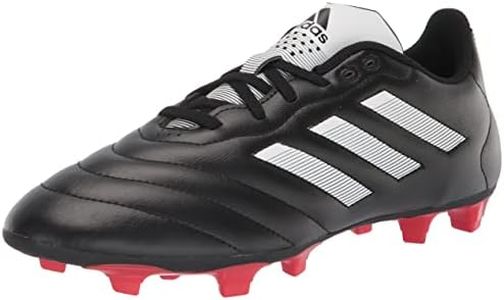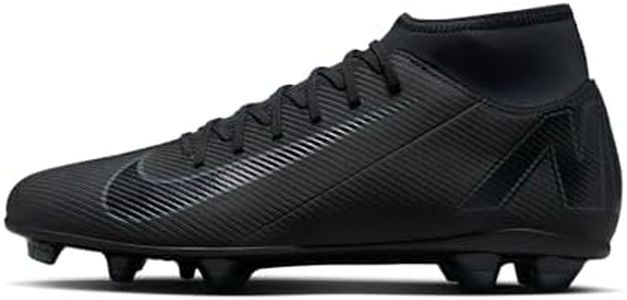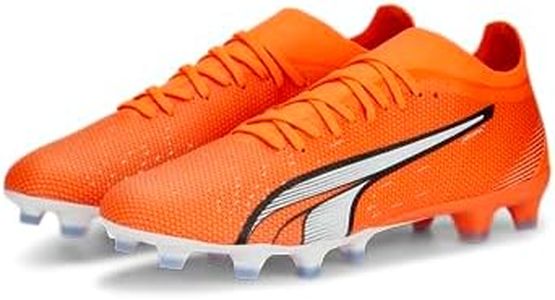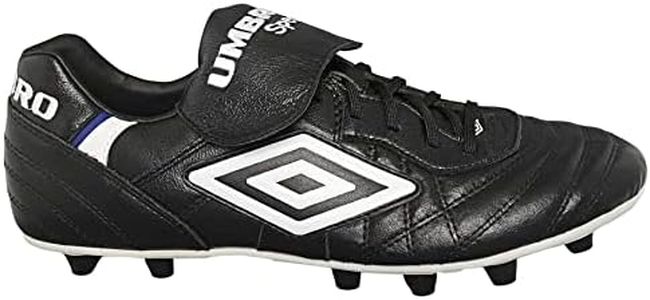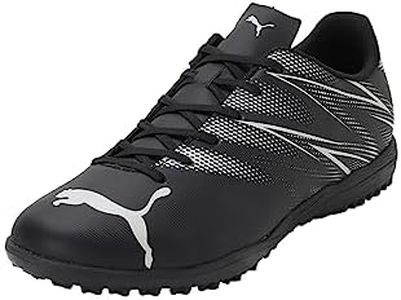We Use CookiesWe use cookies to enhance the security, performance,
functionality and for analytical and promotional activities. By continuing to browse this site you
are agreeing to our privacy policy
10 Best Mens Soccer Cleats
From leading brands and best sellers available on the web.By clicking on a link to a third party's website, log data is shared with that third party.
Buying Guide for the Best Mens Soccer Cleats
When shopping for men's soccer cleats, it's important to know that the right pair can significantly improve your comfort, performance, and even help prevent injuries on the field. The best cleats for you will depend on how, where, and how often you play, as well as your personal preferences and foot shape. Understanding a few main features will help you make an informed decision and get the right fit for your style and level of play.Stud PatternThe stud pattern refers to the arrangement and type of cleats on the bottom of the shoe, and it's important because it affects your grip and movement on different playing surfaces. There are usually three main types: Firm Ground (FG), Soft Ground (SG), and Artificial Ground (AG). FG cleats are best for natural grass fields that are dry or slightly wet, SG cleats have longer, replaceable studs for muddy or very wet fields, while AG cleats are designed for artificial, synthetic turf. To pick the right one, think about the field you play on most often—using the right stud pattern helps prevent slipping and makes movement easier.
MaterialThe upper part of soccer cleats can be made from synthetic materials, leather, or knit fabrics. This affects how the shoe feels, its durability, and the touch you get on the ball. Leather usually offers a soft, comfortable fit and great touch, but can be heavier and less water-resistant. Synthetics are lighter and often more durable and water-repellent, but might not be as soft. Knitted uppers focus on comfort and flexibility, sometimes sacrificing protection. If comfort and touch are most important to you, leather might be best, while synthetics or knit are better if you prioritize lightweight shoes or play in wet conditions.
Fit and WidthFit and width are critical because a shoe that is too tight or loose can cause blisters or hinder your performance. Cleats come in narrow, regular, and wide widths, and the fit should be snug but not painful, with about a thumb's width of space at the front. Players with wider feet may need to look for specific wide-fit options. Always consider trying shoes on with your preferred socks and walking around to test for comfort.
WeightThe weight of a cleat influences your speed and how quickly you can move your feet, with lighter shoes helping acceleration but sometimes offering less protection. Lightweight cleats (often under 7 ounces) are popular for speed-focused players, while heavier models (above 9 ounces) may provide better cushioning and durability. Your playing style guides this choice: if you rely on quick movements, lighter is better, but if you need more stability or play more defensively, a slightly heavier cleat might provide more value.
Ankle CutSoccer cleats generally come in low, mid, or high ankle cuts, impacting your ankle support and freedom of movement. Low cut is classic, offering the most mobility and is preferred by many for speed and agility. Mid and high cuts provide extra support, which may reduce risk of twists for some players, but can feel restrictive. If you’re prone to ankle injuries or value support, consider a higher cut; if you want maximum agility, low cut is usually best.
